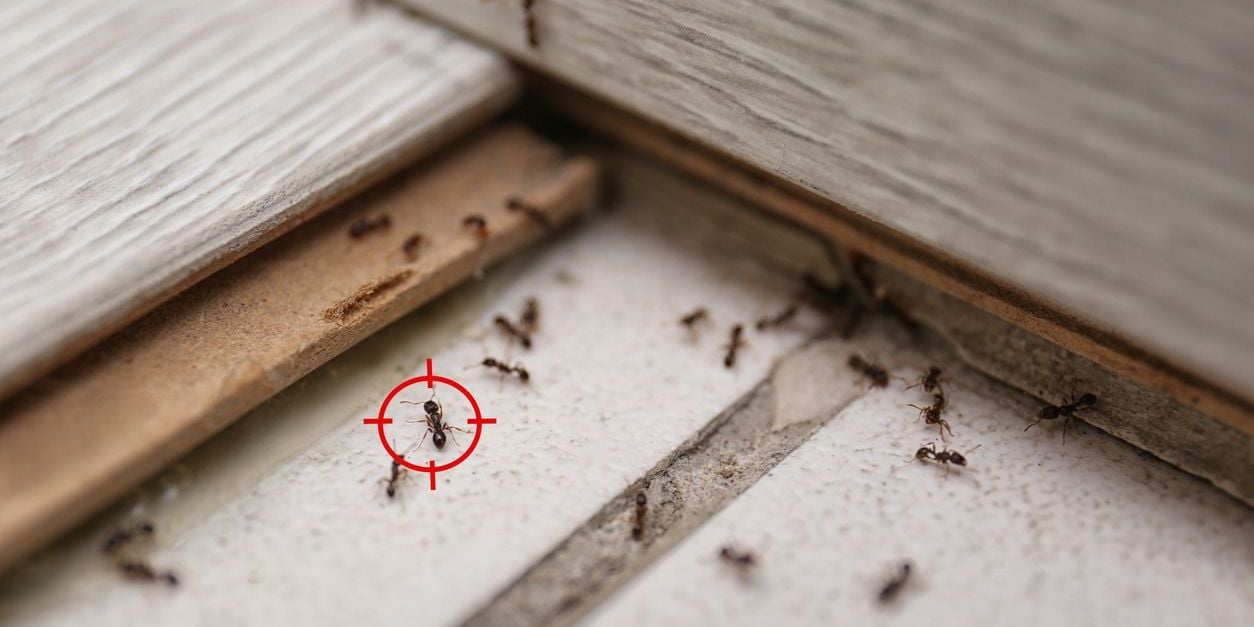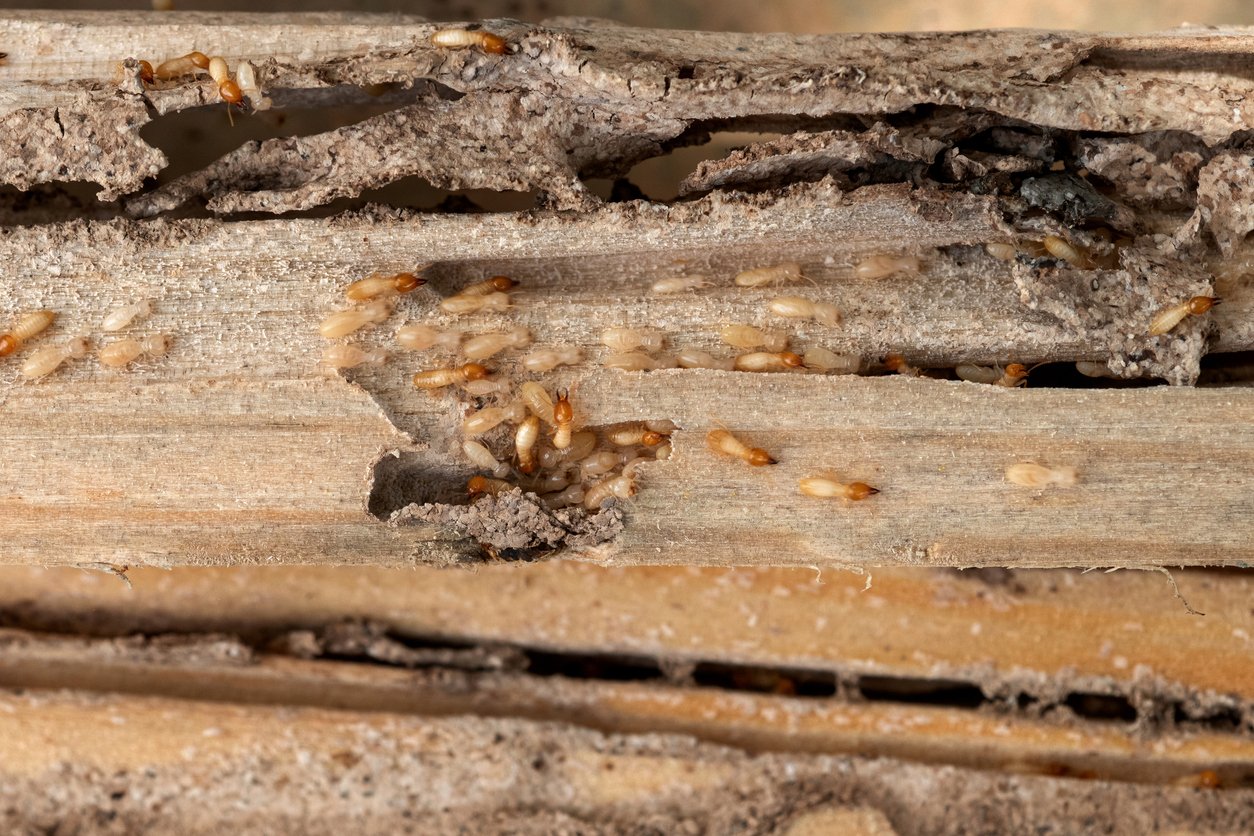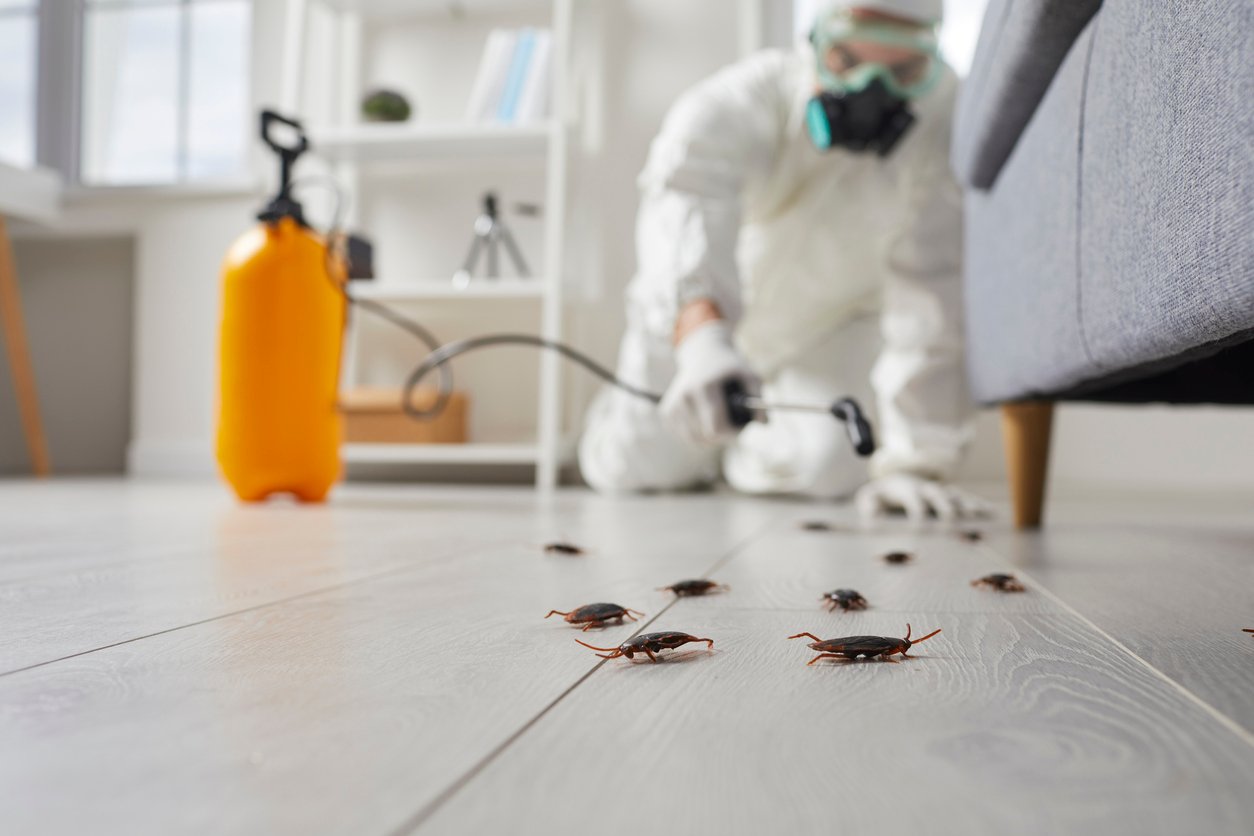How to Identify Signs of a Pest Infestation in Your Home

Pest problems often start small, but if you leave them unchecked, small infestations can quickly turn into big, expensive problems. Maybe you’ve noticed ants in the kitchen, scratching sounds in the walls, or mysterious bites in the night. These early pest cues can be easy to overlook, but spotting them quickly can help protect your home and family. In this guide, we’ll cover the most common warning signs of pest infestations, room-by-room tips for what to check, and how to take action before the issue gets worse.
Why You Shouldn’t Ignore Early Pest Signs
It’s easy to brush off a stray ant or a faint scratching sound in the attic, but small signs often point to much bigger issues. Pests multiply fast, and the longer you wait to take action, the more time they have to damage your home, contaminate your food, and create stress in your daily life.
Pest infestations don’t just cause damage—they can make it hard to relax in your own home. The longer you wait, the harder (and more expensive) it becomes to fix the issue, especially if multiple pests are involved or repairs are needed. The good news is that you can address the problem early, saving you time, money, frustration, and discomfort.
General Signs of a Pest Infestation
Keep an eye out for these common warning signs around your home:
- Droppings: Tiny pellets, dark specks, or smears can be a giveaway—especially in cabinets, pantries, or along baseboards. Rodents and cockroaches are usually the culprits.
- Gnaw marks: Chewed wires, furniture legs, or wall corners often point to mice or rats looking for nesting spots.
- Nesting materials: Shredded paper, insulation, or fabric tucked into quiet or hidden areas (like behind appliances or in attics) is a sign strong something’s settling in.
- Unusual Noises: Scratching, rustling, or squeaking sounds inside walls, ceilings, or floors—especially at night—could mean rodents.
- Strange Smells: Musty, oily, or foul odors may come from hidden nesting areas or pest waste.
- Grease marks or smudges: Rodents tend to follow the same paths and leave behind dark streaks along walls, baseboards, and entry points.
Room-by-Room Guide to Spotting Pests
Kitchen
If you aren’t careful, your kitchen can turn into pest central. Crumbs, spills, and moisture make kitchens irresistible for pests. Watch for ants around counters, roaches under appliances, and chewed packaging in pantries.
- Ants often march along countertops, cabinet edges, or near the sink.
- Cockroaches hide under stoves, refrigerators, and behind dishwashers—check dark, warm spots.
- Rodents will chew through pantry packaging; look for tiny holes or shredded cardboard in boxes.
Bathrooms
High humidity and hidden nooks make bathrooms prime hiding places for pests. Cockroaches, silverfish, and drain flies are drawn to moisture. Check under sinks, around pipes, and in poorly ventilated areas.
- Silverfish and cockroaches lurk under sinks and around the toilet base.
Drain flies hover near clogged drains—tap down into the pipe and look for the little “moth” bugs. - Tiny egg clusters can form on tile grout and behind towel racks, so be sure to inspect them.
Bedrooms and Living Rooms
Even your coziest areas can attract unwelcome pests. Bed bugs, spiders, and even rodents can quietly make themselves at home, especially in cluttered or low-light areas. A few simple checks can help you catch the early signs to keep your space comfortable.
- Bed bugs leave tiny blood spots on sheets, dark fecal specks along mattress seams, and shed skins behind headboards.
- Spiders spin webs in ceiling corners, behind picture frames, and near windowsills—especially in undisturbed spots.
- Rodents may be quieter here, but you’ll spot their droppings along baseboards or hear faint scratching at night.
Basements, Attics, and Crawl Spaces
Out of sight doesn’t mean out of reach when it comes to pests. Low-traffic areas like basements, attics, and crawl spaces offer perfect conditions for rodents, termites, and insects to hide out. Look for droppings, tunnels, nests, or signs of gnawed entry points.
- Termites: Discarded, translucent wings near windowsills or doors.
- Spiders: Multiple webs clustered in one area—especially if you keep clearing them and they reappear.
- Cockroaches: Tiny, dark droppings that look like coffee grounds and oily smear marks.
- Ants: Visible foraging trails leading in from cracks around windows or door frames.
- Mosquitoes: Increased bites indoors and any standing water (flower pots, gutters) acting as breeding sites.
Common Pest-Specific Warning Signs
- Termites – Look for mud tubes on exterior walls, discarded wings near windows, and hollow-sounding wood.
- Spiders – Webs in corners, basements, or undisturbed areas may signal an infestation—especially if you’re spotting multiple spiders indoors.
- Rodents – You may hear movement in the walls, see droppings in corners, or notice torn food packaging.
- Cockroaches – Spot egg cases, droppings that look like coffee grounds, and a strong musty smell.
- Bed Bugs – Check for red bite marks, blood stains on sheets, or live bugs hiding in mattress seams.
- Ants – Ant trails often start at small entry points like cracks near windows or doors.
- Mosquitoes – Standing water in pots or gutters can create breeding zones. You may also see more bites indoors.
Pest Prevention Tips
The best way to deal with pests is to stop them before they become a big problem. A few simple habits can go a long way in making your home less inviting to insects, rodents, and other pests. Being proactive can make a big difference in avoiding infestations. Here are a few quick steps you can take:
- Seal entry points – Use caulk or weather stripping to close gaps around windows, doors, and utility lines.
- Fix leaks and moisture issues – Repair dripping faucets, improve ventilation, and dry out damp areas that attract pests, like basements and under sinks.
- Store food in airtight containers – Keep pantry items sealed, clean up crumbs, and wipe down surfaces after meals to eliminate food sources for pests.
- Declutter regularly – Remove piles of paper, cardboard, and unused items that can provide hiking places or nesting spots for pests.
- Empty the trash often – Keep trash lids tightly closed and clean them regularly to detract pests.
- Trim plants and shrubs – Keep landscaping tidy and cut back any branches or growth touching your house to reduce outdoor access points for pests.
When to Call a Pest Professional
Not every pest problem can be solved with DIY methods. You may not notice signs of pests until the infestation is well underway. Sometimes, the pests will keep coming back no matter how many times you try to get rid of them. That’s why professional pest control is essential.
A professional pest control expert can identify the source, assess the full scope of the infestation, and create a treatment plan that works. Beyond the immediate fix, pest control pros can set up regular maintenance treatments to keep your home pest-free over time, preventing infestations before they arise. You’ll save time, money, and hassle in the long-run and see less repeat issues. With expert support, you can get back to feeling comfortable and in control of your space.
Get Lasting Results with Moxie Pest Control
At Moxie Pest Control, we know how stressful pest problems can be, and we’re here to help you take care of them with confidence. Our expert pest control services are designed to deliver long-lasting results—always with your family and pets in mind. From the initial inspection to ongoing visits, we bring neighborly care and proven solutions to every home we serve.
Why homeowners choose Moxie:
- Safety-minded solutions, customized for your home
- Fast response and flexible scheduling
- Unlimited, free warranty services between visits
- Local Field Experts trained daily for quality, safety, and results
Looking for help in your area? Explore our full list of pest control locations and get started with Moxie today for a smarter, simpler way to keep out pests for good.



